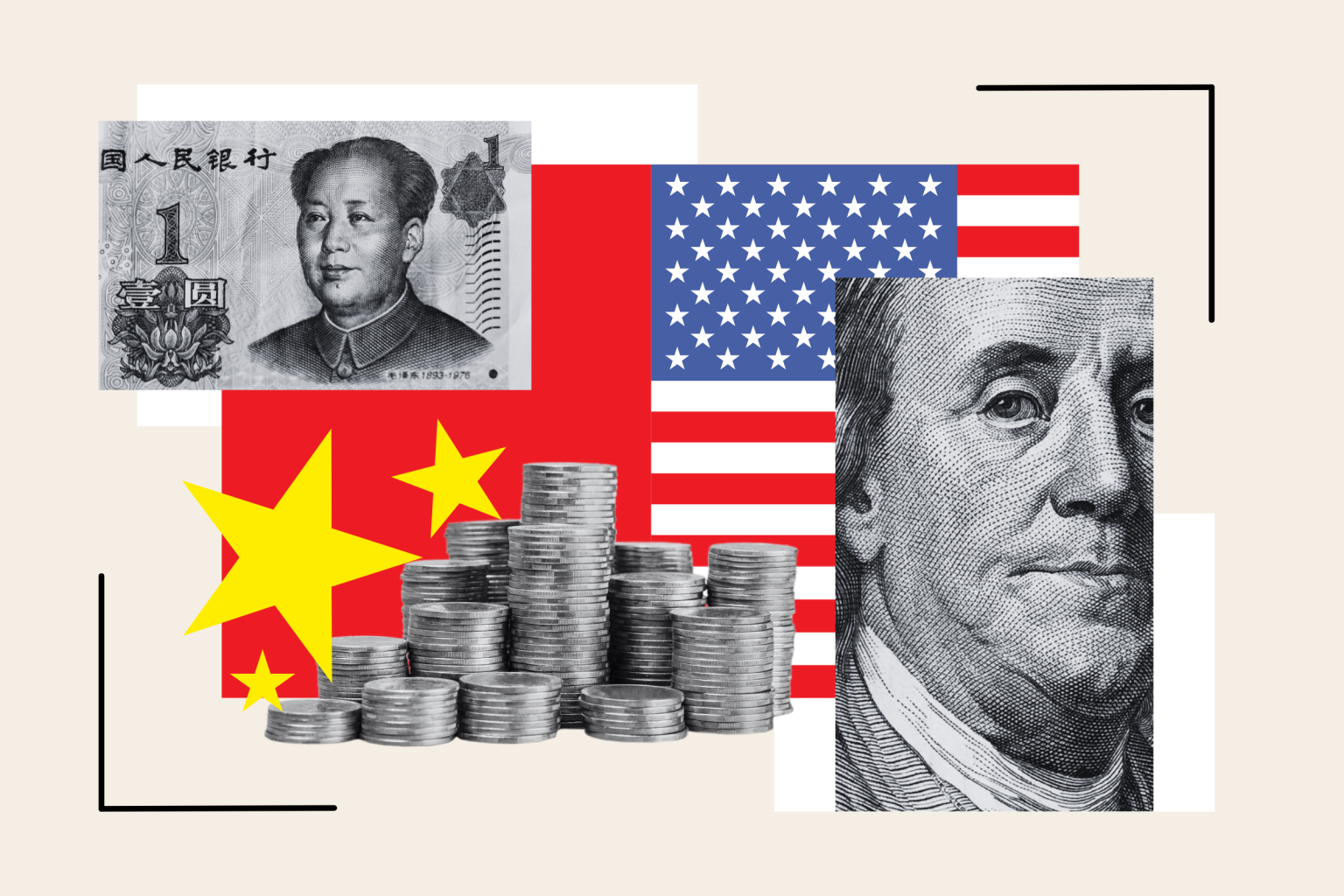In the first quarter of 2024, the American and Chinese economies performed differently than expected. The U.S. economy experienced slower growth due to rising inflation, but unemployment remained low. Consumer spending and a robust job market drove the resilience of the U.S. economy, with a real GDP growth rate of 1.6 percent, lower than predicted. However, the job market continued to support the economy, and the International Monetary Fund (IMF) projected a 2.7 percent GDP annual growth for the U.S. in 2024.
On the other hand, China’s economy showed signs of recovery in the first quarter, with annualized growth reaching 5.3 percent, slightly higher than predicted by analysts. However, there were concerns about the sustainability of this growth, as some sectors showed signs of tapering off by March. The Chinese economy faced challenges such as a property-sector crisis, declining foreign investment, and tepid consumer confidence, complicating its trajectory. The IMF projected a modest GDP growth of 4.6 percent for China in 2024.
China’s jobless rate averaged 5.2 percent in the first quarter, following a trend of around 5 percent since early last year. Some economists raised doubts about the reliability of China’s growth numbers, questioning whether the country’s economy could catch up to the U.S. The gap between the U.S. and Chinese GDPs has widened in recent years, leading to concerns that China may never overtake the U.S. in terms of economic power. Despite some growth in key industries like electric vehicles and electrical components, China’s overall economic outlook remains uncertain.
The disparity between the American and Chinese economies was evident in the widening gap between their GDPs. While the U.S. economy continued to grow, China faced challenges such as deflation and economic headwinds. With China’s nominal GDP growing at a slower rate compared to the U.S., the possibility of China catching up to the U.S. economically is in question. Despite growth in certain industries, China’s overall macro-economic troubles could impede its ability to surpass the U.S. economically.
Overall, the first quarter of 2024 presented contrasting economic landscapes for the U.S. and China. While the U.S. economy showed signs of slowing growth but remained resilient due to consumer spending and a strong job market, China faced challenges such as a property-sector crisis and declining foreign investment. The gap between the two largest economies widened further, raising doubts about China’s ability to catch up to the U.S. economically. Despite some growth in key industries, China’s overall economic outlook remains uncertain, and the possibility of it overtaking the U.S. appears to be diminishing.















